Three Effigies in the Badlands of Alberta
Download: Effigies in Badlands (PDF format 2 mb)
BFCC Lesson Plan Napi Effigy (PDF Format 89 kb)
Effigy Defined
- An effigy is a an often life-size sculptural representation of a specific person, or a prototypical figure.
- Effigies come in several different forms including cairns, walls and petroforms, as well as shaped individual stones and boulders.
- For this presentation the effigies we focused on are rock configurations found in Blackfoot Territory which are laid down on the earth depicting an animal or human that are significant to our culture.
*Remember, begin planning your lesson with the end in mind, knowing in advance exactly what you want your learners to grasp by the end of the lesson.
Grade level(s): Grade 6
Objective:
- To explore effigies and their significance to Blackfoot language and culture
- To understand the importance of Napi in the Blackfoot language and culture
• To understand the importance of the Thunderbird in the Blackfoot language and culture
What exactly do you want your learners to be able to do by the end of the lesson?
This should be clearly communicated to your learners orally at the very beginning of the lesson.
General Outcome(s):
https://education.alberta.ca/media/563920/blackfoot-k-12.pdf
Application [A-1]:
Students will use and apply Blackfoot in various situations at home, in school and in the
community for different purposes. (Pookaiksi aakohtaomia’nistayissitapiiyaawa
niitsi’powahssini.)
Language Competence [LC-1]:
Students will be effective, competent and comfortable as Blackfoot speakers. (Pookaiksi aakaisokai’tsi’poyiiyaawa.)
Community Membership [CM-1]:
Students will live peacefully with Mother Earth, others and themselves, guided by the Creator. (Pookaiksi aakayaahsopaatomoyiiyaawa ksaahkommiitapi ki
Anthropomorphic Effigies of the Plains J. Rod Vickers Plains Anthropologist Vol. 53, No. 206 (May 2008), pp. 199-221 (23 pages) Published By: Taylor & Francis, Ltd.
Specific Outcomes(s):
https://education.alberta.ca/media/563920/blackfoot-k-12.pdf
Share information – share factual information [A-1.1]:
- provide information on several aspects of a topic
Attend to the form of the language – phonology [LC-1.1]:
- try to enunciate unfamiliar words independently and confidently
Mother Earth – knowledge of past and present [CM-1.2]:
- identify and describe basic, key facts about some Blackfoot geographical regions or communities
Language learning – interactive, interpretive, productive [S-2.1]:
- identify and use a variety of interactive, interpretive and productive strategies to enhance language use
Glyphstone Boulder
Dinosaur Provincial park ancient Glyphstone
Dinosaur Provincial Park, Alberta by Tyler Dixon
https://www.bradshawfoundation.com/canada/dinosaur_provincial_park/index.php
Key Words (English & Blackfoot):
Prepare your learners for success by pre-teaching key vocabulary words that are essential to understanding the concept or text you will introduce to them.
- Grass land – matoyihko
- Farm land – iitainssiimo’p
- Cliffs – miistaksskoistsi
- Thunderbird – Ksiistsikomiipi’kssiiwa
- Fox – sinopa
- Red Deer River – ponokasisaahtaa
- Spring (season) – mo’toyi
- Rock effigy
- Piling rocks
- Rock pile
- Fields
- Cultivate (farming)
- Hoodoos
- Badlands
Materials:
What will you need to teach this lesson?
- Map of site
- Map of Blackfoot Territory as known by Blackfoot people
- Video of Effigies in Badlands site tour and story/history
- Picture of Napi effigy in original form
- Picture of Thunderbird effigy in original form
- Site maps in different seasons (if available)
This includes student supplies as well as your own. Don’t forget about technology, hand-on approach/manipulatives. i.e Books/articles, Videos/websites, Elders
Plan:
Pre-Instructional Assessment:
Teacher will check for student’s prior knowledge. Large group brainstorming learner responses, 5W’s.
- What do you know about the Napi Effigy?
- What do you know about the Thunderbird Effigy?
- Who created them?
- When was this created?
- Why was it created?
- Does the size of the effigy matter? If so, then why?
- What importance is the location and landscape to these effigies?
- The Blackfoot language used in video will be translated to English.
Instructional Strategies:
Teacher/elder will talk about the topic of the lesson.
The lesson is based on a site tour perhaps, using a map to locate site.
Explaining about the topic and how it is significance to the Piikani people.
Discussing Pre-contact, and/or post-contact history.
- Elder/Traditional person – Joanne Yellow Horn and Shirley Crow Shoe
- Site was in Dinosaur Provincial Park
- ideo is approximately 33 minutes
- Information provided is on the Napi and Thunderbird effigy and their significance to Blackfoot culture and language (not story)
- Information is delivered both in Blackfoot and English
- Ask students to notice (in the video)
- the distance of the effigy from the river valley
- what types of rocks are in the immediate area ie. color, texture, size etc.
- what is the distance to rock supplies?
- What is the landscape and vegetation in the immediate area?
- Compare the size of the Napi Effigy to the average First Nation’s man
- Compare the size of the Thunderbird to another bird such as the eagle or hawk
- Has it always (historically) been like this?
- Why would this these effigies be built here?
- How many other Napi or Thunderbird effigies in Alberta?
Using manipulatives/hands-on material to demonstrate further.
Demonstration:
create a model of an effigy using pebbles in a dirt/sand box, or possibly go onto a landsite and create a duplicate of the effigy, identifying:
- body parts,
- direction extremities are pointing,
- dimensions of the figures
Closure/Review/Summary:
This is where you “wrap it up.” It’s a quick synopsis of the lesson. You may want to ask students to pair share or to share out something they learned that period, or to provide an example of the concept taught. Keep it short and sweet.
- What is the difference in categorizing between western/Eurocentric and First Nations’ worldview
Post-Instructional Assessment:
For each lesson, consider which assessment type best measures the learning outcome.
For example, a quiz, drawing/sketch, recreating a mini hands-on project, or writing a rough draft.
- Create a model of an effigy using pebbles
- Tell history of Napi using Blackfoot words: This could be used for aa number of classes – gradually increase the number of words in the story. Students should be able to recognize the Blackfoot words used in the information provided (in the lesson).
- Provide students with a map of the Dinosaur Provincial Park and ask them to translate the geographical areas into Blackfoot. Students visit the site after this lesson and be able to use language to describe and identify i.e. directions, rocks, vegetation, ecosystem, environment and know the worldview difference in categorizing.
- Using the video and oral language and research information will help students to acquire language recognition and use.
Google. [Google Maps directions for driving from Brooks, Alberta to Dinosaur Provincial Park]. https://www.google.ca/maps
Native American Thunderbird: Significance and Symbolism
Symbolsage: Understanding the World Through Symbols and Mythology
https://symbolsage.com/thunderbird-meaning-symbolism/
Partial effigy photo – Badlands, Alberta
Boulder photo – Secret Carved in Stone – Dinosaur Provincial Park
North Ridge prairie photo – Badlands, Alberta
North Ridge Hoodoos photo – Badlands, Alberta
Hoodoo photo – Dinosaur Provincial Park
North Ridge Turtle Effigy – Badlands, Alberta
Elder V. Smith photo – Badlands, Alberta
Elder J. Crow Shoe – Badlands, Alberta
Hoodoos South View – Dinosaur Provincial Park
North Ridge photo south view – Dinosaur Provincial Park


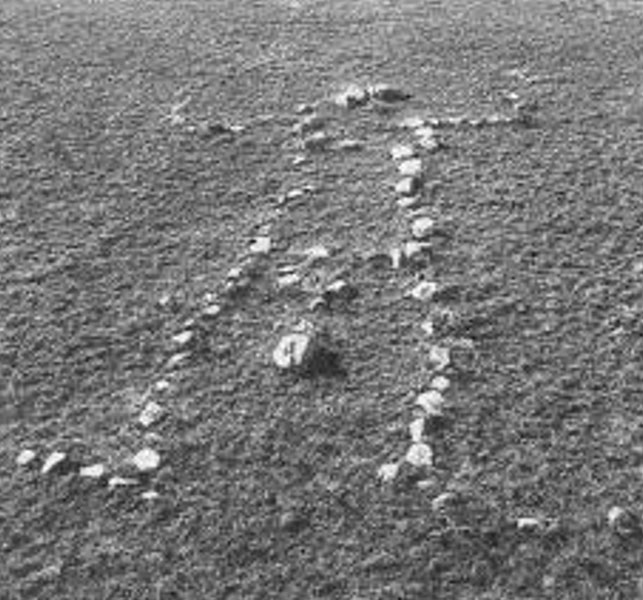
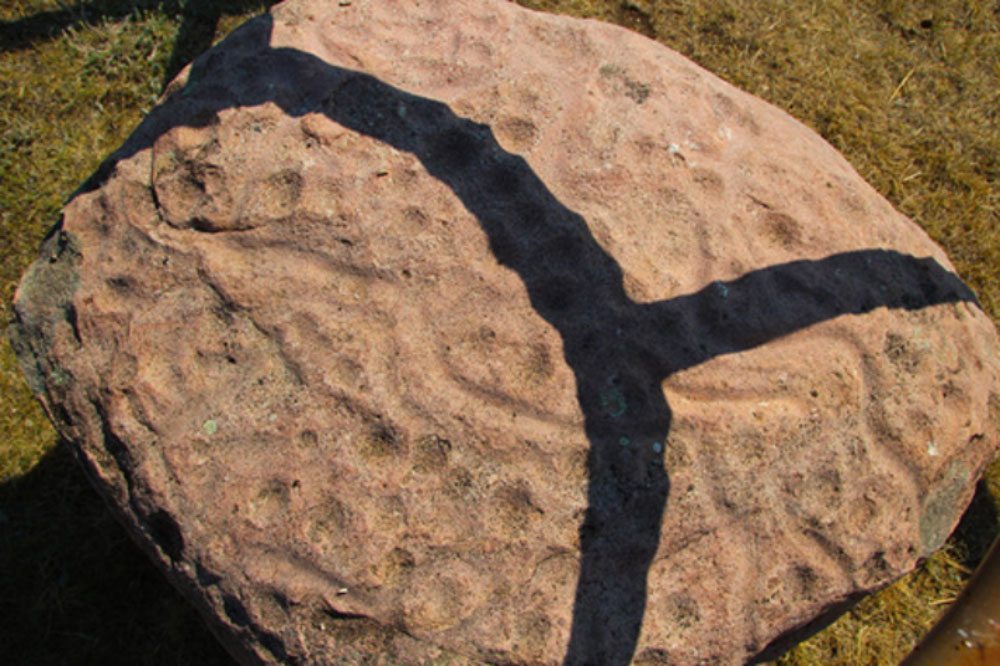

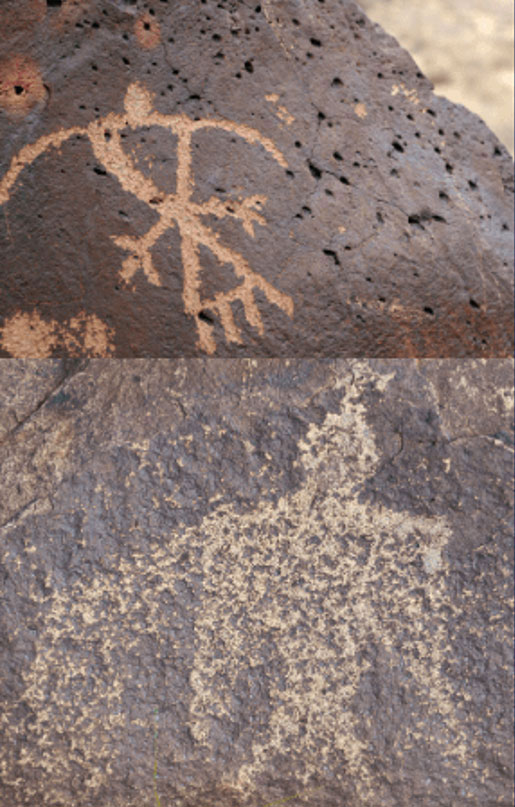
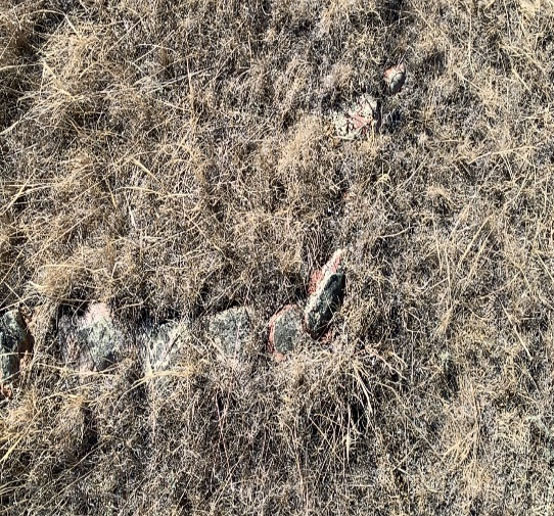
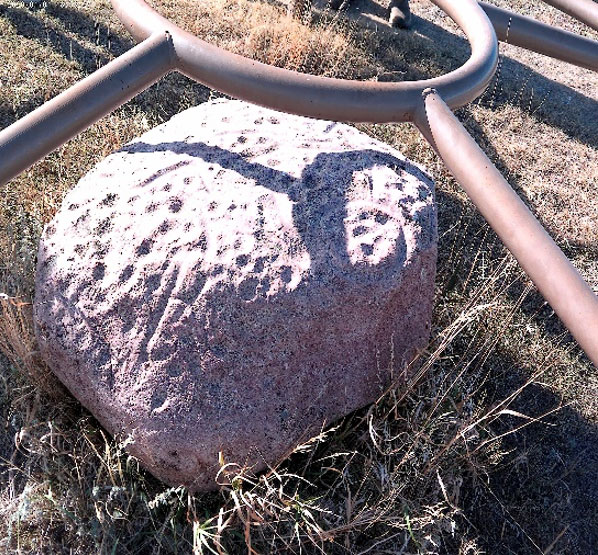
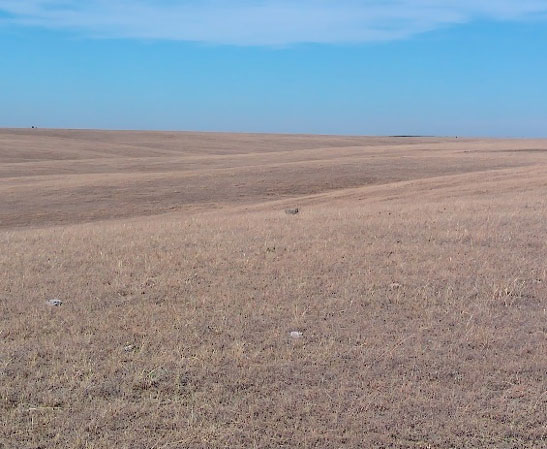
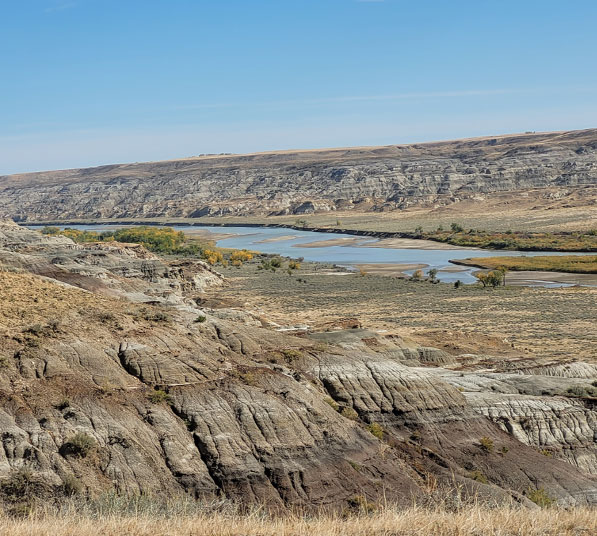
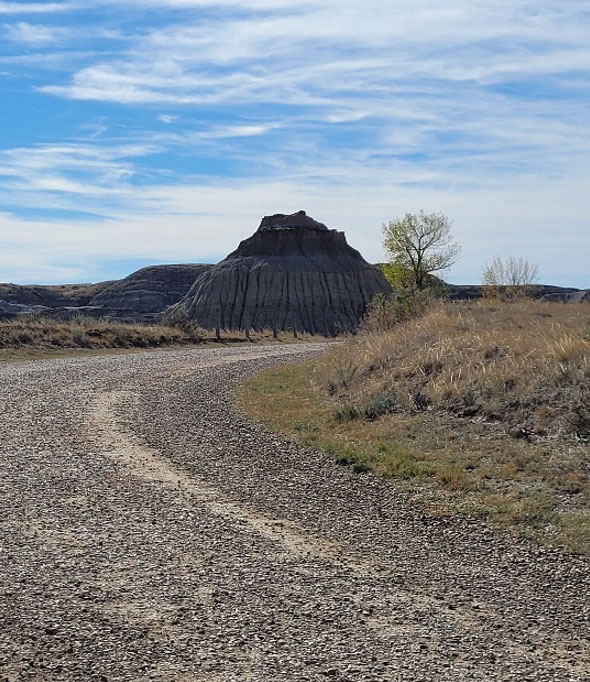
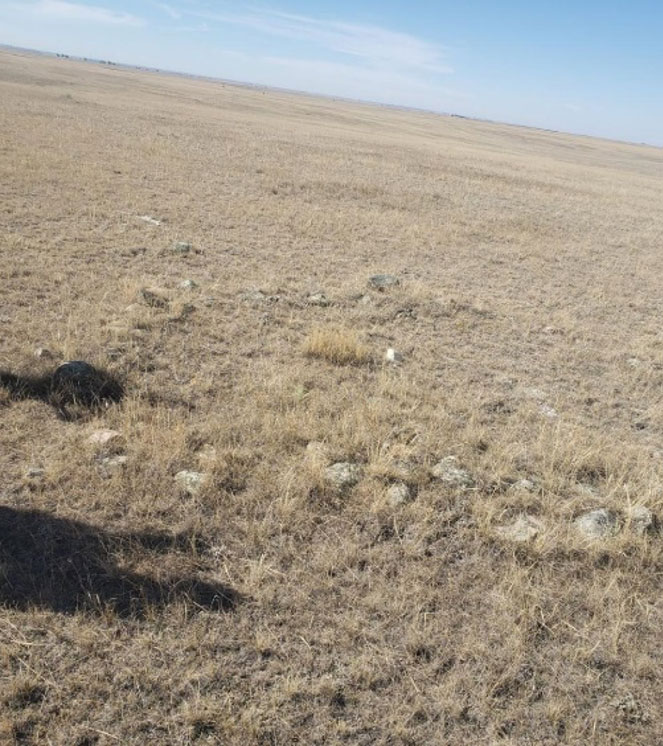
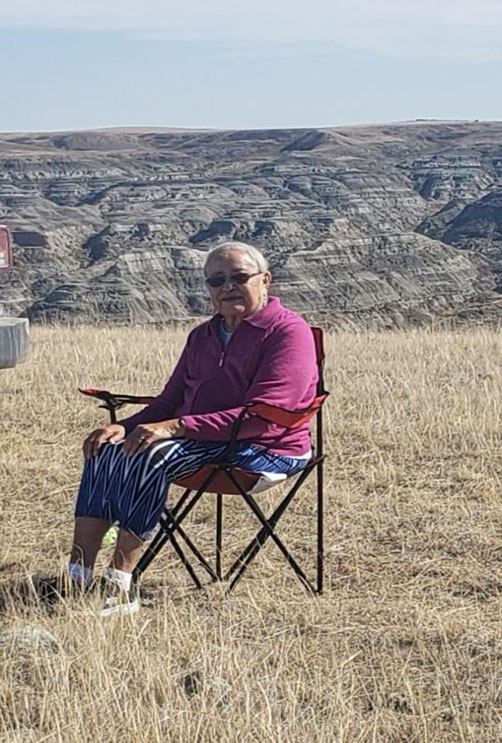
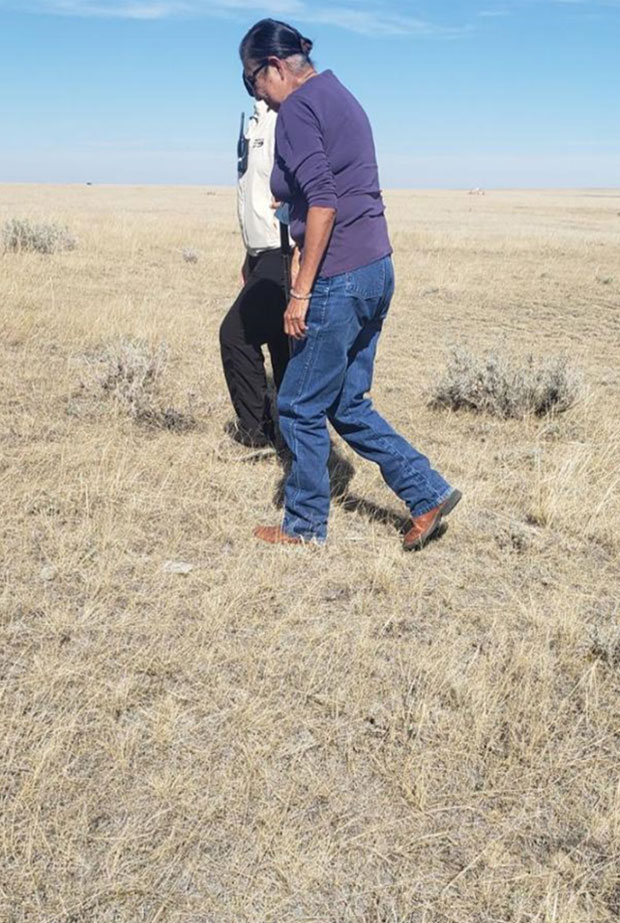
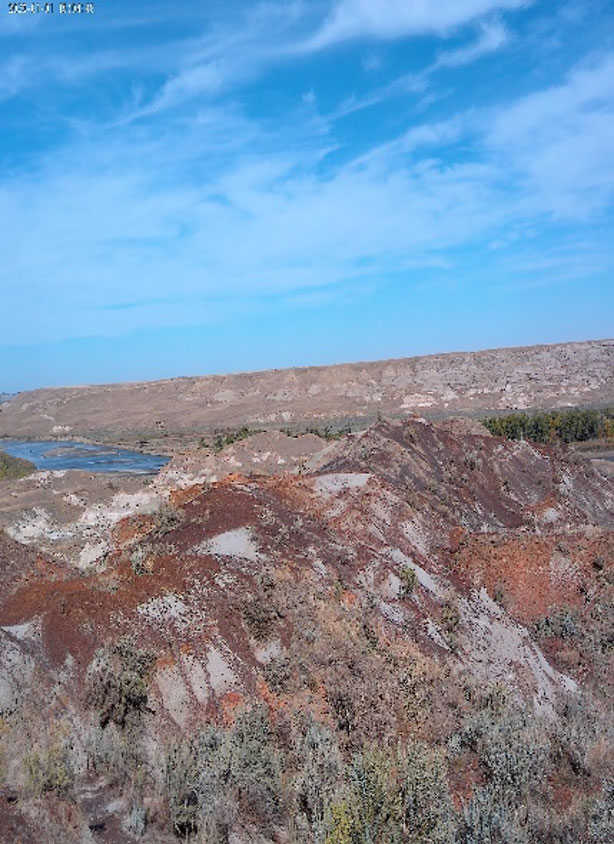
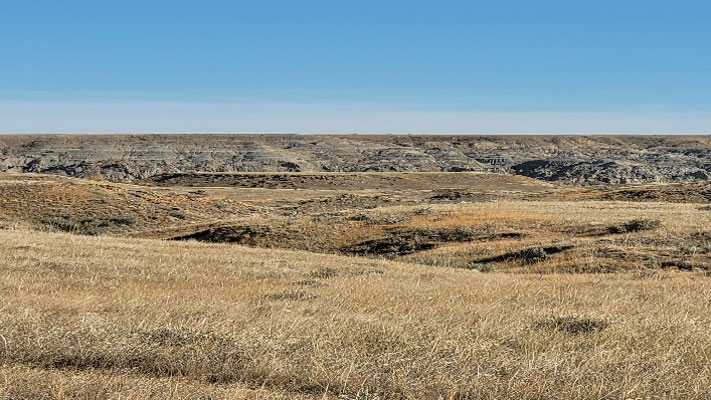
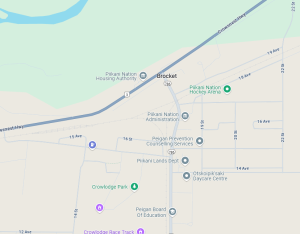 1805 12 Ave, Brocket, AB T0K 0H0
1805 12 Ave, Brocket, AB T0K 0H0